Magnolia "Nigra": reproduction and planting
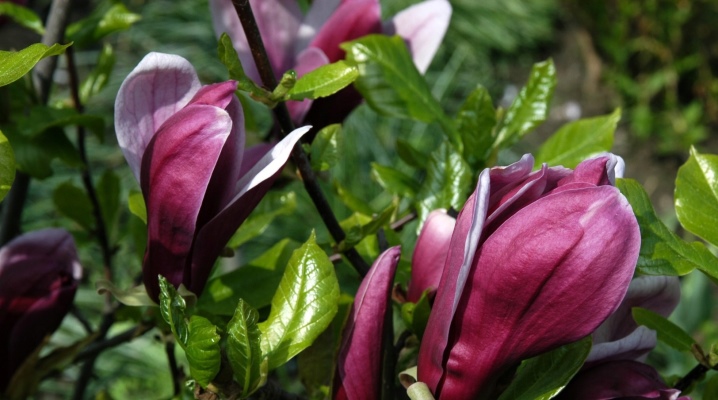
With the onset of warm spring months, amazingly beautiful magnolia blooms in squares and parks. Its colorful bloom and enchanting aroma leave no one indifferent. One of the most unusual varieties of lily magnolia is "nigra".


Description
Lily-colored magnolia "Nigra" Is a deciduous hybrid. It is a large shrub, reaching 4 m in height and width. It is distinguished by a spherical, branched crown. The branches and trunk of the plant are light gray in color. The leaves are arranged alternately, fall off in autumn. The fruits ripen in October or early November and are cylindrical in shape.
The uniqueness of "Nigra" lies in the unusual shade of colors. They are dark ruby outside, and light purple inside.
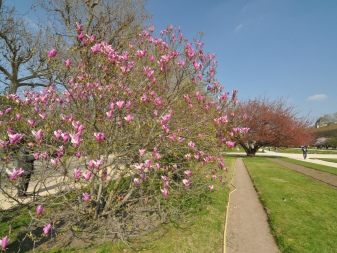
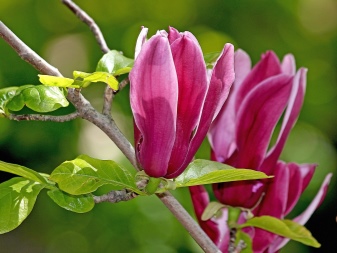
From the outside, such a tint combination looks almost black, which is what gave the name to the variety. The flowers are large: up to 10 cm long and 6 cm wide. Magnolia blooms twice: the first time it happens in the spring, and the second - in the middle of summer. The last flowering under favorable weather conditions lasts until autumn.
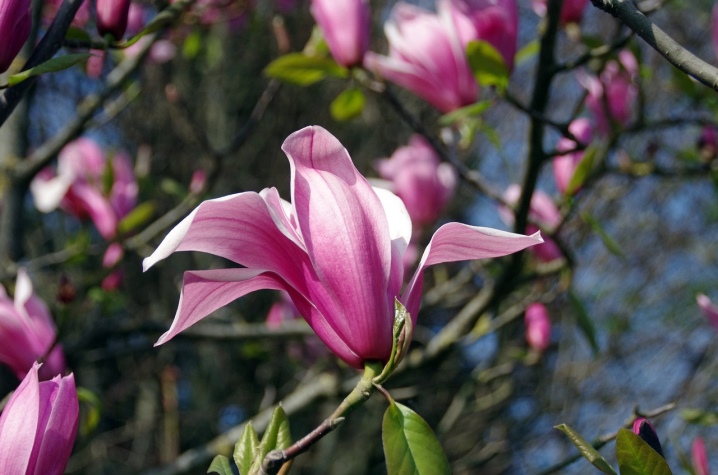
The exceptional decorative qualities of the Nigra lily-flowered magnolia are highly regarded in garden design. This plant looks spectacular both in group plantings and as a tapeworm. It is grown on lawns, sites near artificial reservoirs, next to buildings and fences. Such a shrub is very harmoniously combined with evergreen trees.
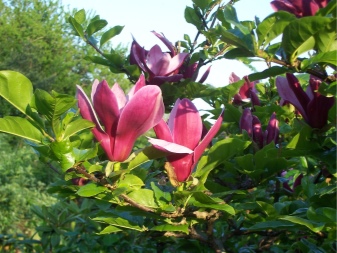
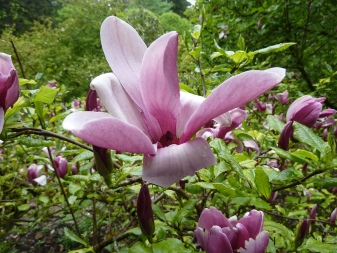
Planting and leaving
When purchasing Nigra saplings, preference should be given to young plants about 1 m high and with a pair of buds. The plant is planted in autumn: in the second half of September or in the first decade of October, when the seedlings are dormant. Experience shows that this makes it possible to ensure a high survival rate of the culture. When planted in April, there is a risk of death of immature plants during frosts in May.

It is very important to correctly select the site for the lily-colored "Nigra". It should be as open as possible, but at the same time reliably protected from wind and drafts. The place should be well lit. It is best to plant bushes near fences, houses and other buildings. Magnolia will not be able to fully grow, develop and delight with lush flowering on saline and calcareous soils, so the land must be loose and saturated with organic matter. An ideal substrate will be neutral or slightly acidic soil.
The planting hole for "Nigra" should be 2-3 times the total volume of the root system of the seedling. A little river sand, mullein or rotted compost must be added to the soil.
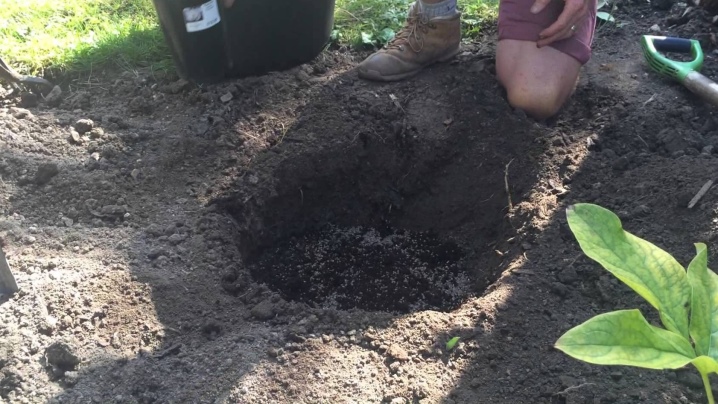
Drainage should be provided at the bottom to remove excess moisture. A little soil mixture is poured into the prepared hole and the seedling is carefully placed, after which the groove is sprinkled with the remaining substrate so that the root collar is located just above the ground level. After planting, the soil is carefully tamped and moistened abundantly. When all the water around the bush is completely absorbed, it is necessary to mulch: for this it is best to take coniferous bark or peat.
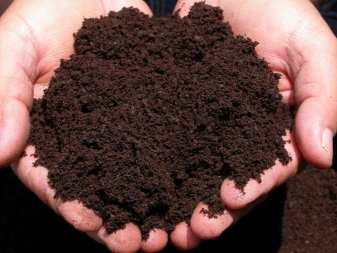

Caring for magnolia "Nigra" is not particularly difficult. In the first year of life, its roots are gaining strength, because the plants grow very slowly. However, with the right care, you can subsequently achieve maximum strength and beauty of this shrub.Magnolia requires regular watering throughout the growing season. Shrubs up to 5 years old should be moistened every 5-7 days, in hot weather the number of irrigations is increased up to 2-3 times. Do not allow the soil to dry out in the near-trunk circle. It should be slightly damp, but not wet at the same time.
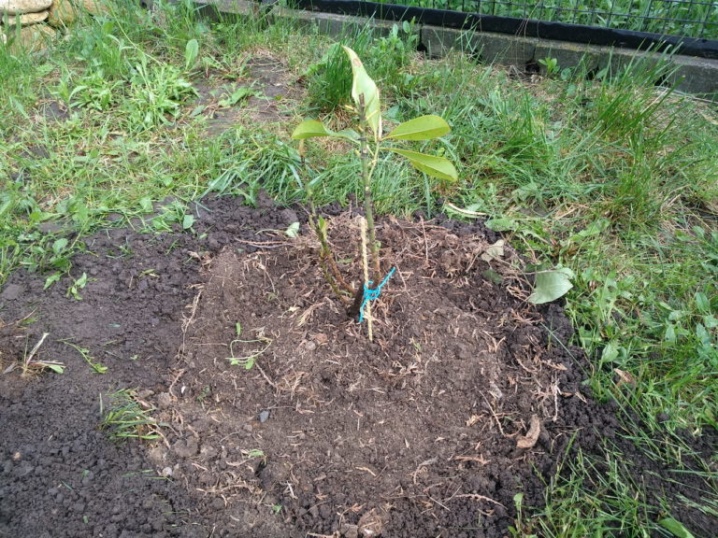
Magnolias will definitely need fertilizer. The nutrient substrate prepared for young plants provides full nutrition for the bush for 2 years, after which you can begin to introduce top dressing. You can make them yourself. For this you need to take:
- 20 g of ammonium nitrate;
- 1 kg of manure;
- 15 g of urea;
- 10 liters of water.


For an adult plant, 40-50 liters of solution are needed, and nutritious feeding is performed monthly... Since August, the volume of fertilizers has been reduced, and in October they will be stopped altogether: this will allow Nigra to go into a dormant stage and prepare for the winter frosts. Important: if the leaves of the magnolia begin to dry out with full watering, this indicates that the plant has been overfed. In this case, you should stop feeding and increase the amount of watering.
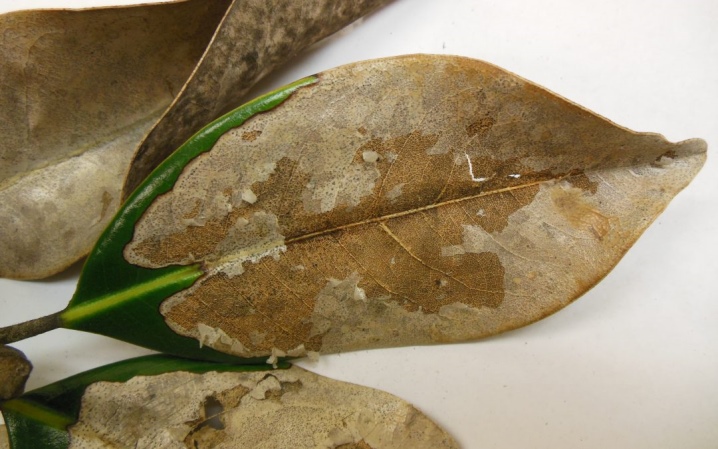
When growing "Nigra" as a single planting, there is no special need to form a bush. If the magnolia grows like a tapeworm, the bush can only be given a more aesthetic shape by pruning. Sanitary pruning is performed at the end of flowering and fruiting: at this stage, all damaged, frozen, as well as dry branches that thicken the crown are cut off. In the spring, pruning is not recommended: during this period, "Nigra" is in the stage of sap flow, so pruning significantly reduces its defenses. After cutting, all damaged areas must be coated with garden varnish.

Magnolia "Nigra" is a southern plant. It has an average frost resistance, therefore, in extreme cold, the shoots can freeze along with the buds. To prevent the death of the shrub, it should be wrapped up. To do this, burlap or agrofibre is wrapped several times around the trunk and branches. Thus, the risk of freezing can be minimized. This is extremely important when it comes to young magnolias.

Reproduction
Magnolia "Nigra" is propagated by one of the following methods:
- cuttings;
- seeds;
- layering.
In the conditions of the Russian climate, the seed type of reproduction proved to be the best, as it gives the maximum germination. Reproduction by layering is not difficult either: they quickly take root near the parent bush. Layers take root well in a moist fertile substrate.
For propagation by cuttings, sphagnum moss should be used: rooted cuttings are placed in it.

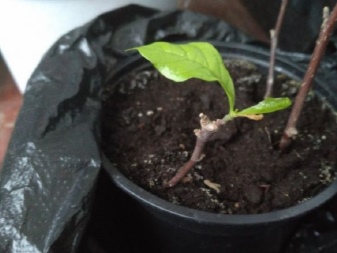
Until 2-3 leaves appear, young plants are covered and placed in a small greenhouse, providing timely moisture, nutritious feeding and daily airing. Only then can the cuttings be planted in a permanent place.
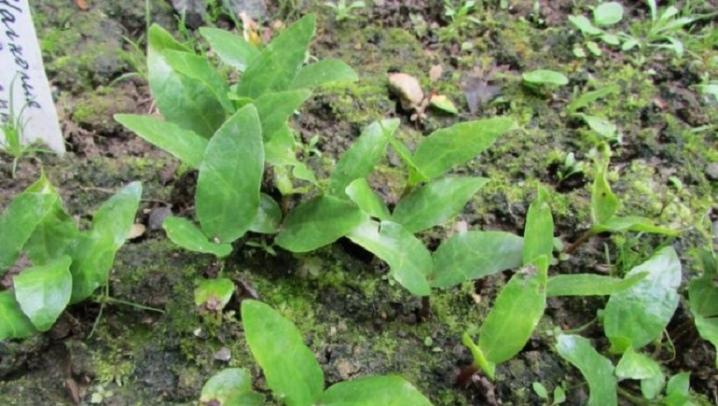
Diseases and pests
When cultivating magnolia "Nigra", it must be borne in mind that this culture is distinguished by its exceptional resistance to fungal diseases and pests. But some nuances should not be forgotten.
- You can harm the plant by applying an excessive amount of fertilizer. Overfeeding has the most negative effect on the growth and development of culture.
- With excessive irrigation, the roots of a magnolia rot, and this causes the entire bush to dry out.
- Mice and other rodents pose a great danger to small roots and root collars.
- A spider mite sometimes appears on the leaves. In this case, the magnolia sheds its foliage even before summer comes.
- The appearance of yellow spots with green veins on the leaf blades is evidence of chlorosis. Since "Nigra" does not tolerate calcareous and saline substrates, the soil must be diluted with acidified peat. This measure will be the ideal prevention of chlorosis.
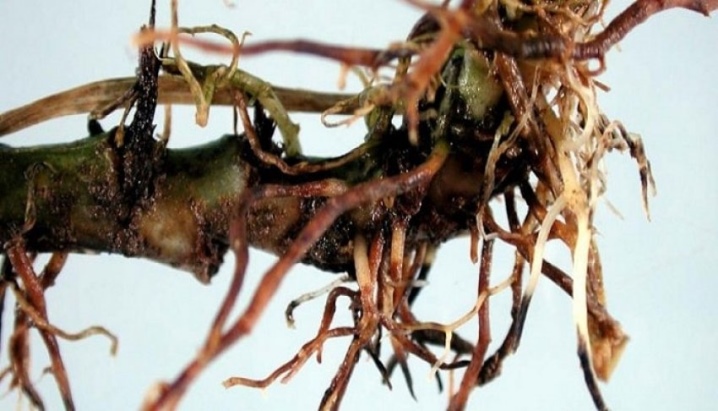
You can get rid of rodents by treating damaged areas with a solution of "Fundazol"; acaricides help against spider mites.
Examples in landscape design
Lily magnolia "Nigra" looks very impressive during budding and flowering. This shrub is a real decoration of gardens, parks and home gardens. To make sure that this choice is correct, it is worth considering several photo examples of the successful location of such a culture on the site.

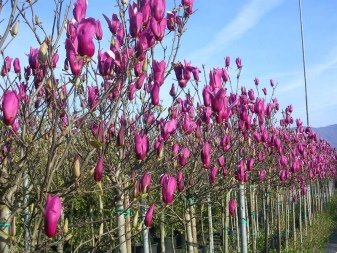

































































































The comment was sent successfully.